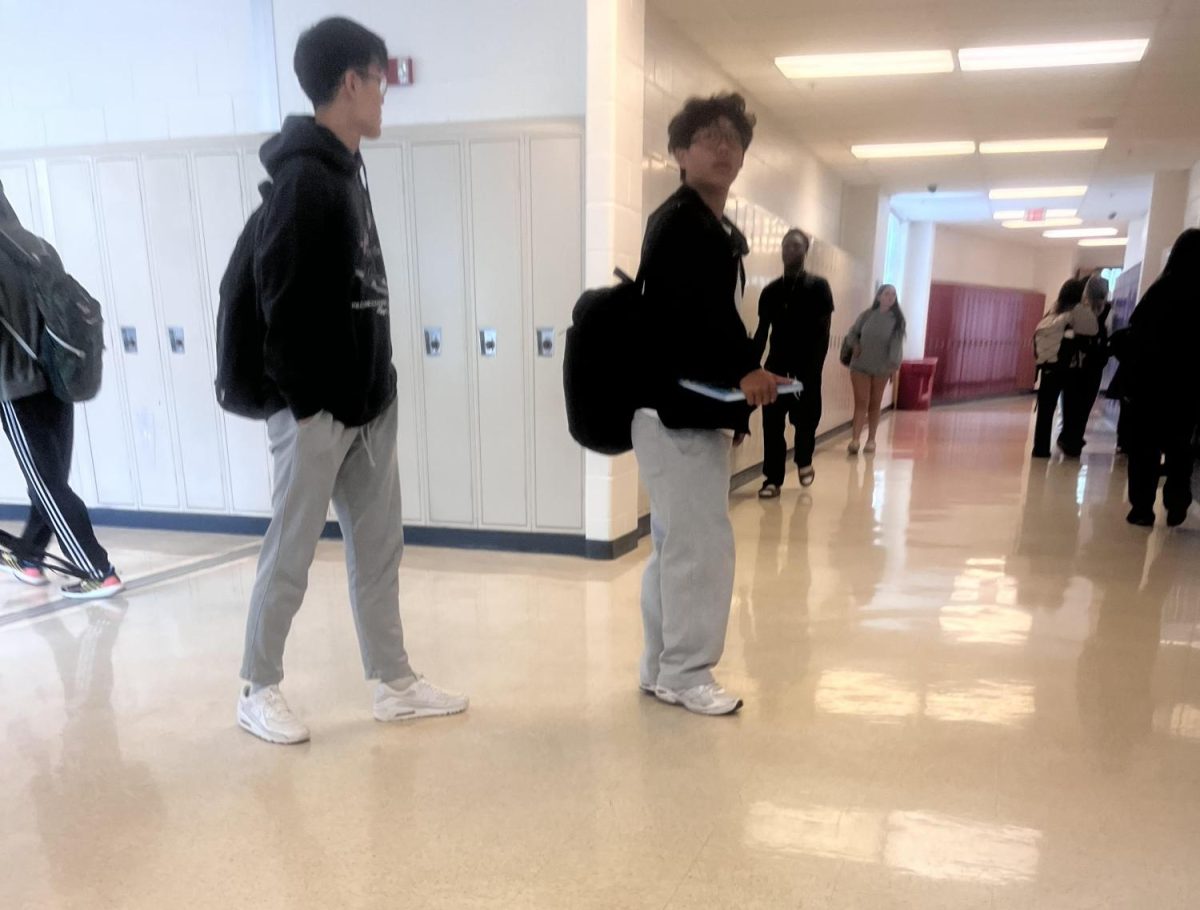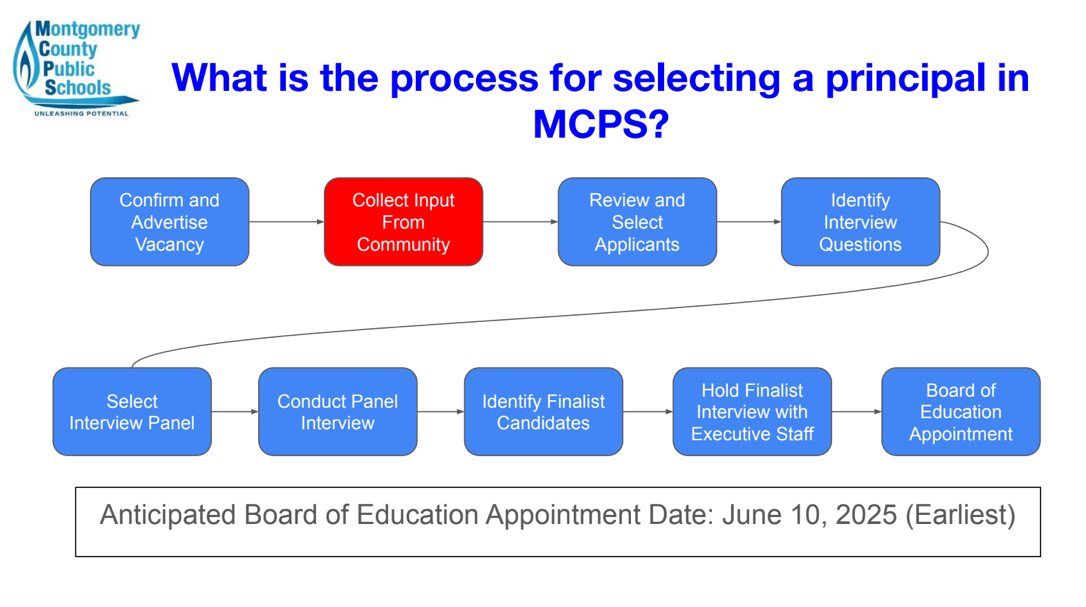While MCPS does not officially institute strict caps on the minimum and maximum number of students per class, the school has tried to keep classes between 25 to 30 students. However, due to an increased number of students changing their schedule weeks into the school year and a nationwide teacher shortage, class sizes at this school have become extremely varied, with some being as small as 10 students with others having as many as 35 students.
Junior Neil Kotval experienced both a small and large class this year, going from a 12 person class in semester one to a 36 person class in semester two for AP Spanish Language. “In my smaller class, I was able to get more personal help. This semester, I can get away with not fully committing to talking in Spanish or not doing all of my work because I know the teacher isn’t going to notice, which isn’t his fault. So, I prefer having a smaller class since I had a more positive learning experience,” Kotval said.
Varying class sizes, particularly extremely large classes, also make planning and managing the classroom difficult for teachers. “Sometimes, helpwise, smaller groups are a lot easier, setting up and cleaning up labs is a lot easier. Of course grading is humungous because we have so many essays and labs, ” AP Biology teacher Christina Joung said.
Class sizes are a pressing problem in subjects with fewer electives such as math and English. If class sizes become too small in an elective class, the school simply chooses not to run the class. However, “nobody drops math because they need it to graduate. The math department is the shifting of kids from honors to on level or AP to honors that causes the need to have another class someplace on the schedule,” counselor Ann Redman said.
A number of students sign up for more difficult classes thinking that they can simply drop into a lower level if they cannot handle it; this mentality causes students to drop classes after the start of the first semester, thinking there are no consequences. As a result, even if classes have a relatively reasonable number of students at the beginning of the year, lower-level classes tend to get larger while higher-level classes tend to shrink. “I think that everybody should be challenged…but there comes a point where you have to think this is really not the subject for me,” Joung said.
In particular, challenging coursework causes students to drop down from Honors Algebra 2 to on-level Algebra 2 or Honors Precalculus to on-level Precalculus. Last year, at a certain point in the middle of semester one, there was simply no room for more Honors Algebra 2 students to drop down a level. So, “[the math department] collapsed an honors algebra 2 class in order to create another section of on-level algebra 2 so that the students would have the right sections for themselves,” Redman said. “This was because of the flexibility of the math department being kind enough to do that and having kids who had schedules that worked with making that shift.”
Another large reason for varying class sizes is the nationwide teacher shortage. Thus, the classes of over 30 people are the school’s way of accommodating all the students who are either interested in the class or need it as a graduation requirement. “There’s just a shortage of teachers across the country and Montgomery County is not immune to that. So, Montgomery County is trying to compete for teachers in various subjects and it’s just like every place else,” Redman said.
This teacher shortage applies particularly to higher-level courses, as illustrated through Kotval’s experience in AP BC Calculus, one of the most advanced mathematics courses offered at this school. “Last semester I had a pretty big BC class,” Kotval said. “I feel like being in a bigger class makes people less able to share their opinions out of fear or anxiety, which diminished my educational experience.”
Despite the roadblocks that come their way, administrators and counselors are trying their best to balance class sizes with the unpredictability that comes with creating schedules for thousands of students. “It is difficult making sure you have the right classes for everybody so when the fall comes and the spring comes we’re good to go,” Redman said.








